Thank you for your
attention on Yesheng !
The Important Roles of Anodized Titanium Alloys
Anodizing titanium metal not only enhances the material's performance but also bestows it with a variety of colors. These colors have broad applications for decoration, identification, and differentiation of different materials and components. So, what is titanium anodizing, what is the principle behind its coloration, what is the process, and what issues need attention? Let's explore these questions today.
I. Principle of Titanium Anodizing Coloration - Different Thicknesses of Oxide Layers
Under the influence of an external electric field, titanium and titanium alloys undergo anodizing, forming a dense oxide layer with a thickness ranging from a few nanometers to several hundred nanometers on the surface. This oxide layer is mainly composed of amorphous TiO2. As it is a transparent thin film, it has strong reflective and refractive properties. There are two main explanations for the coloration principle of the titanium alloy oxide layer:
Light Absorption Mechanism: Electrons absorb light energy and undergo transitions.
Thin-Film Interference Mechanism: The combined effect of interference enhancing and reducing light colors, which is widely recognized.
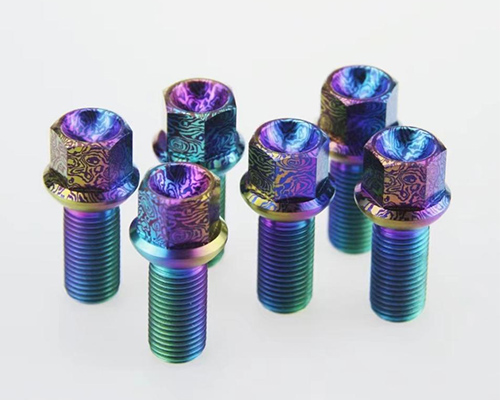
Research indicates that different oxide layer thicknesses result in varying parameters for reflection, refraction, and light flux, thereby strengthening or weakening different light bands and producing various interference colors on the surface of titanium and titanium alloys. As the oxide layer thickens, the surface color sequence is: yellow—purple—blue—light blue—silver—yellow—pink—purple—cobalt blue—green—yellow/green—pink—green.
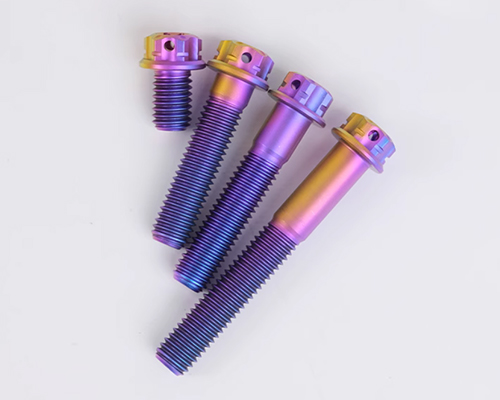
II. Why Anodize Titanium and Its Alloys - Not Just for Beauty
Titanium and titanium alloys have excellent properties such as high temperature resistance, high strength, low density, and low thermal conductivity, making them widely used in aerospace, shipbuilding, petrochemical, biomedical, and architectural decoration fields. However, they also have drawbacks like poor bioactivity, low hardness, poor wear resistance, and single color, limiting their further application.
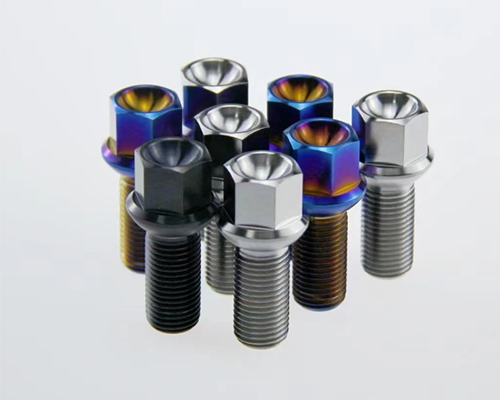
Anodizing is a common surface modification method for titanium and its alloys, using titanium as the anode and aluminum or stainless steel as the cathode. Through electrolysis, a layer of oxide film with good insulating, wear-resistant, and corrosion-resistant properties is formed on the surface of the titanium workpiece. This oxide film not only protects the workpiece but also provides a decorative aspect. Additionally, the porous nature of the film can be utilized to create functional layers with properties such as magnetism, lubricity, and electroluminescence. Compared to other surface coloring techniques like electroplating, chemical plating, PVD coating, electrolytic coloring, spraying, high-temperature oxidation, and micro-arc oxidation, anodizing is simple, cost-effective, and produces a dense, uniform film, making it suitable for industrial applications.
III. Anodizing and Coloring Process for Titanium and Its Alloys
Degreasing: Use a strong alkaline degreasing agent to remove residual rolling oil from the surface of titanium and its alloys. This step is crucial because oil stains can affect the subsequent acid washing and anodizing steps, possibly leading to uneven coloration.
Initial Acid Washing: After degreasing, perform an initial acid wash using a 5% hydrofluoric acid solution to help form a unique pear skin pattern on the surface.
Secondary Acid Washing: To remove the powdery dirt formed during the initial acid wash, perform a secondary acid wash using a mixed solution of hydrofluoric acid and hydrogen peroxide to form stable complexes with titanium ions, thus cleaning the surface.
Anodizing: Place the pretreated titanium and its alloy plates as the anode, aluminum plates as the cathode, in a 1% phosphoric acid electrolyte solution for constant voltage treatment. As the voltage increases, the oxide layer on the titanium surface thickens, presenting a variety of color changes.
Sealing: To improve the corrosion resistance, pollution resistance, and wear resistance of the anodized film, sealing treatment is necessary. Common sealing methods include hot water sealing, steam sealing, and solutions containing inorganic salts and organic substances.
Drying: After sealing, wipe the workpiece surface with a clean cloth to remove moisture and allow it to air dry naturally.
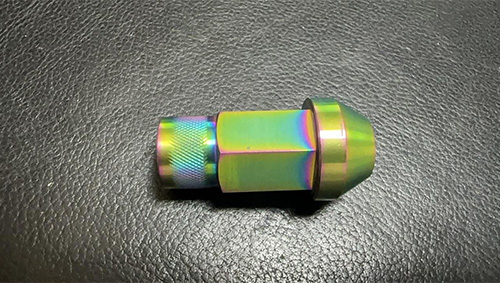
IV. Current Issues with Titanium Anodizing and Solutions
Uneven Coloration: In actual production, the oxide film layer is prone to uneven coloration, where the same area on the workpiece surface shows different colors. This issue can be effectively resolved by controlling the surface morphology, grain size, and texture orientation of the substrate to ensure uniform and dense surface properties.
Hydrophilicity of the Oxide Film: The anodized film layer is typically hydrophilic, easily contaminated with oil and water stains. To address this, a layer of stearic acid can be applied to the surface after anodizing to reduce the surface energy of the film, resulting in a superhydrophobic oxide film.
Single Color of Pure Titanium and Binary Titanium Alloys: Pure titanium and binary titanium alloys with few alloying elements exhibit single colors with low color saturation, limiting their application in civilian decoration. This can be addressed by adding alloying elements to the electrolyte or coating other alloying elements on the surface.
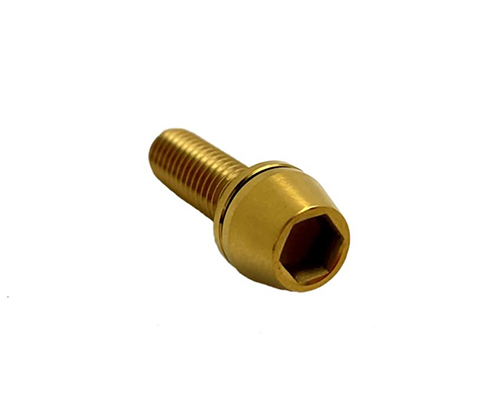
V. Future Development Prospects
The anodizing and coloring technology for titanium and its alloys has broad application prospects. Firstly, the process is simple and cost-effective, suitable for large-scale industrial production. Secondly, the colored surface of anodized titanium and its alloys is rich and decorative, meeting aesthetic requirements in various fields. Additionally, the anodized film has good corrosion resistance, pollution resistance, and wear resistance, enhancing the longevity and stability of titanium and its alloys.
In the industrial sector, the anodizing and coloring technology can be applied in aerospace, medical devices, and architectural decoration. For example, in aerospace, it can be used to manufacture aircraft parts and engine components; in medical devices, it can be used for surgical instruments and implants; in architectural decoration, it can be used for surface treatment of doors, windows, curtain walls, and other building materials.
 English
English  日本語
日本語  한국어
한국어  français
français  Deutsch
Deutsch  русский
русский 























































































